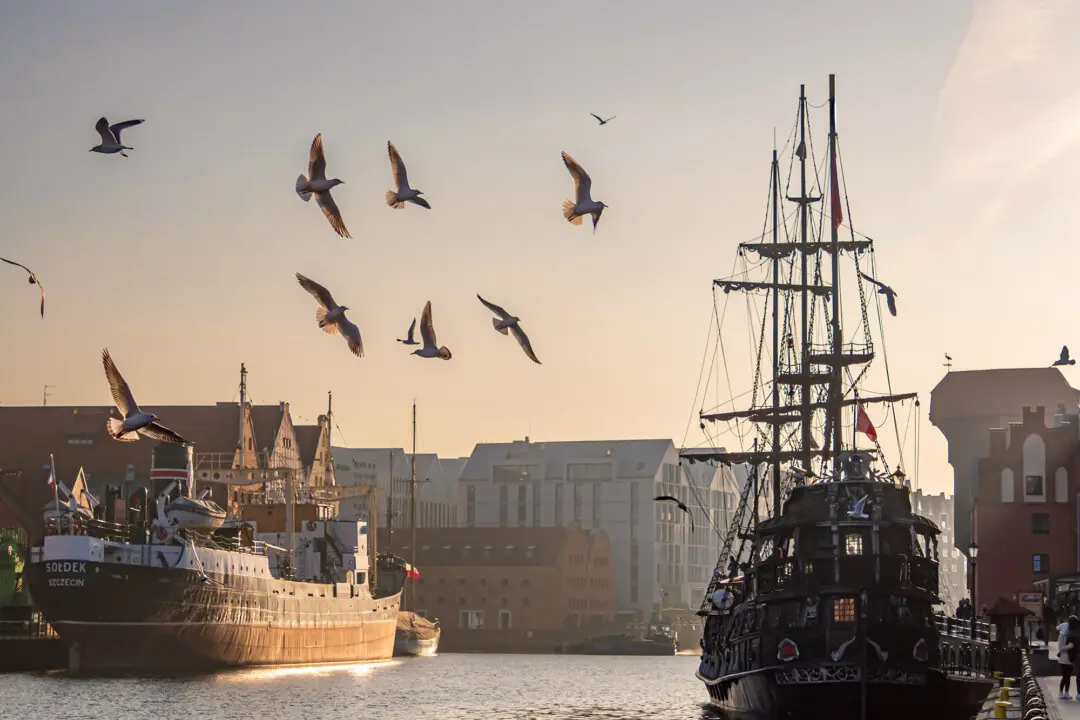It was safe passage that made the small island of Menorca famous. In the ancient Mediterranean, there was no better place to ride out a storm. When the squalls buffeted and the waves hammered against your hull, there was always Mahon, one of the world’s greatest harbors, with miles of shelter. But today our captain, Francisco, couldn’t be calmer as he piloted us through an inlet, called Fornells. His feet on the outer deck of the llaut, a traditional Menorcan craft, he enjoyed the fresh air while reaching through an open window to manipulate the controls.
“I grew up on the water,” he told me, through an interpreter. “I learned to sail as a kid. It’s very typical here, on this island.”





